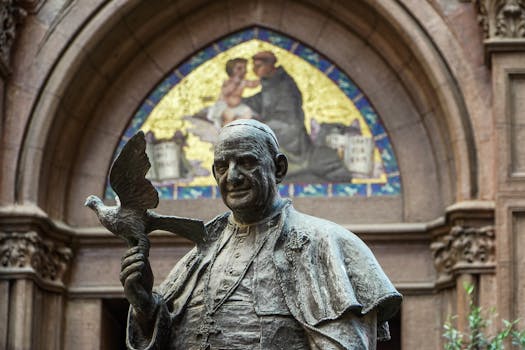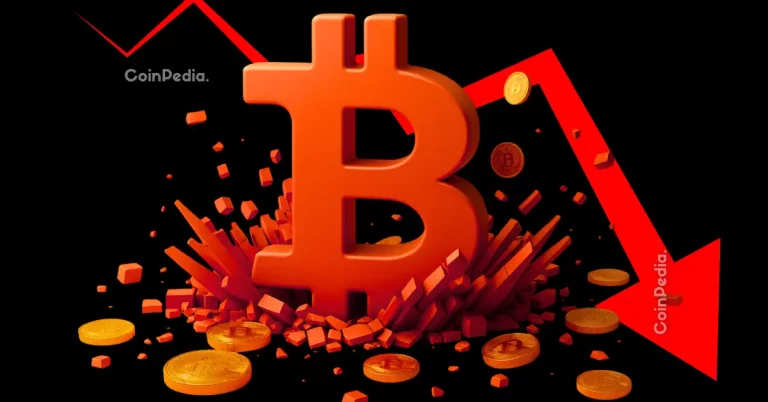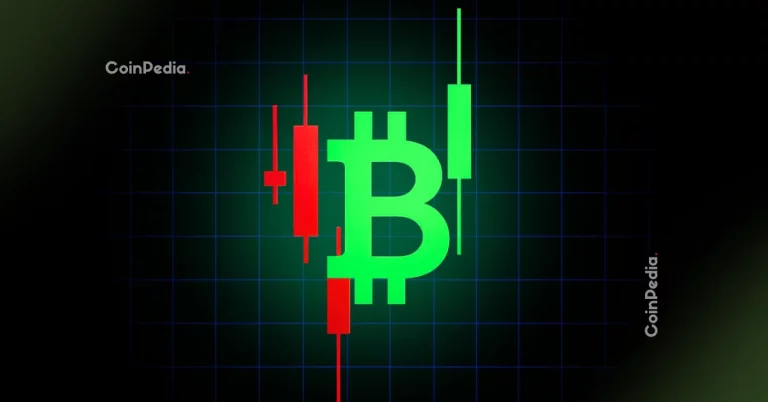
Traveling Through Time: How Europe’s Historical Heritage Shapes Modern Lifestyles in 2025
Traveling Through Time: How Europe’s Historical Heritage Shapes Modern Lifestyles in 2025. Europe, a continent steeped in history and tradition, has a profound impact on modern lifestyles. From the grandeur of ancient architecture to the vibrant cultural festivals, Europe’s historical heritage continues to shape the way people live, work, and interact with one another in 2025.
Introduction to Europe’s Historical Heritage
Europe’s historical heritage is a treasure trove of fascinating stories, iconic landmarks, and cultural traditions. The continent is home to some of the world’s most famous cities, including Rome, Paris, and London, each with its own unique character and history. From the Colosseum to the Eiffel Tower, and from Big Ben to the Louvre, Europe’s historical heritage is a rich tapestry of architectural wonders, artistic masterpieces, and cultural icons.
How Europe’s Historical Heritage Shapes Modern Lifestyles
So, how does Europe’s historical heritage shape modern lifestyles in 2025? The answer lies in the many ways in which the past continues to influence the present. For example, traditional European festivals and celebrations, such as Christmas, Easter, and Carnival, continue to be an integral part of modern life. These events bring people together, fostering a sense of community and social bonding, and providing a glimpse into the continent’s rich cultural heritage.
The Impact of Historical Heritage on Modern Technology
In addition to its cultural significance, Europe’s historical heritage has also had a profound impact on modern technology. The continent is home to some of the world’s most innovative and technologically advanced cities, including Berlin, Amsterdam, and Stockholm. These cities are hubs for startups, entrepreneurs, and inventors, who draw inspiration from Europe’s rich history of scientific discovery and innovation. From the printing press to the internet, Europe’s historical heritage has played a significant role in shaping the modern technological landscape.
Conclusion
In conclusion, Europe’s historical heritage continues to shape modern lifestyles in 2025 in many fascinating ways. From architecture to art, and traditions to technology, the past remains an integral part of the present. As we look to the future, it is clear that Europe’s historical heritage will remain a vital component of modern life, inspiring new generations of artists, inventors, and entrepreneurs.






